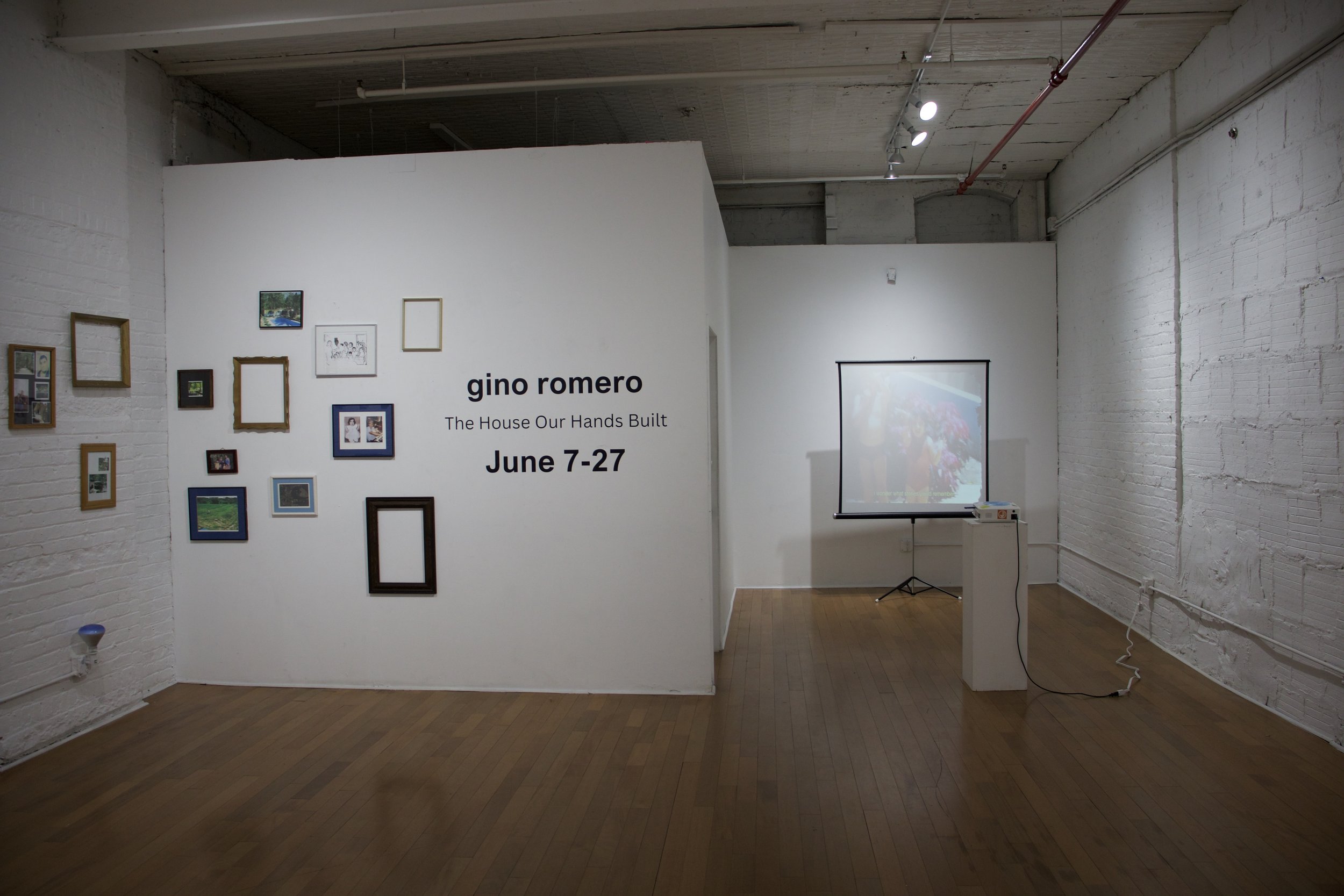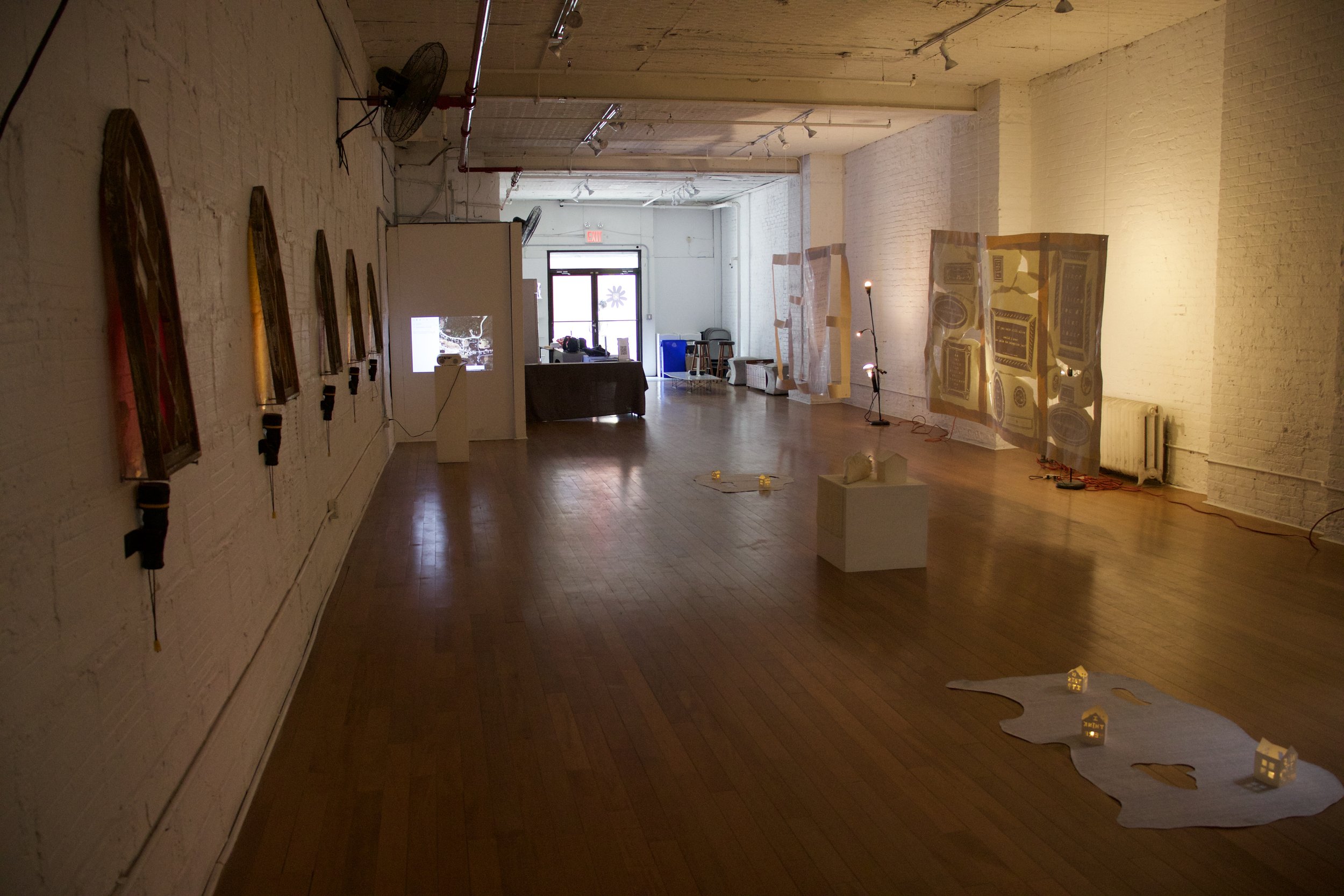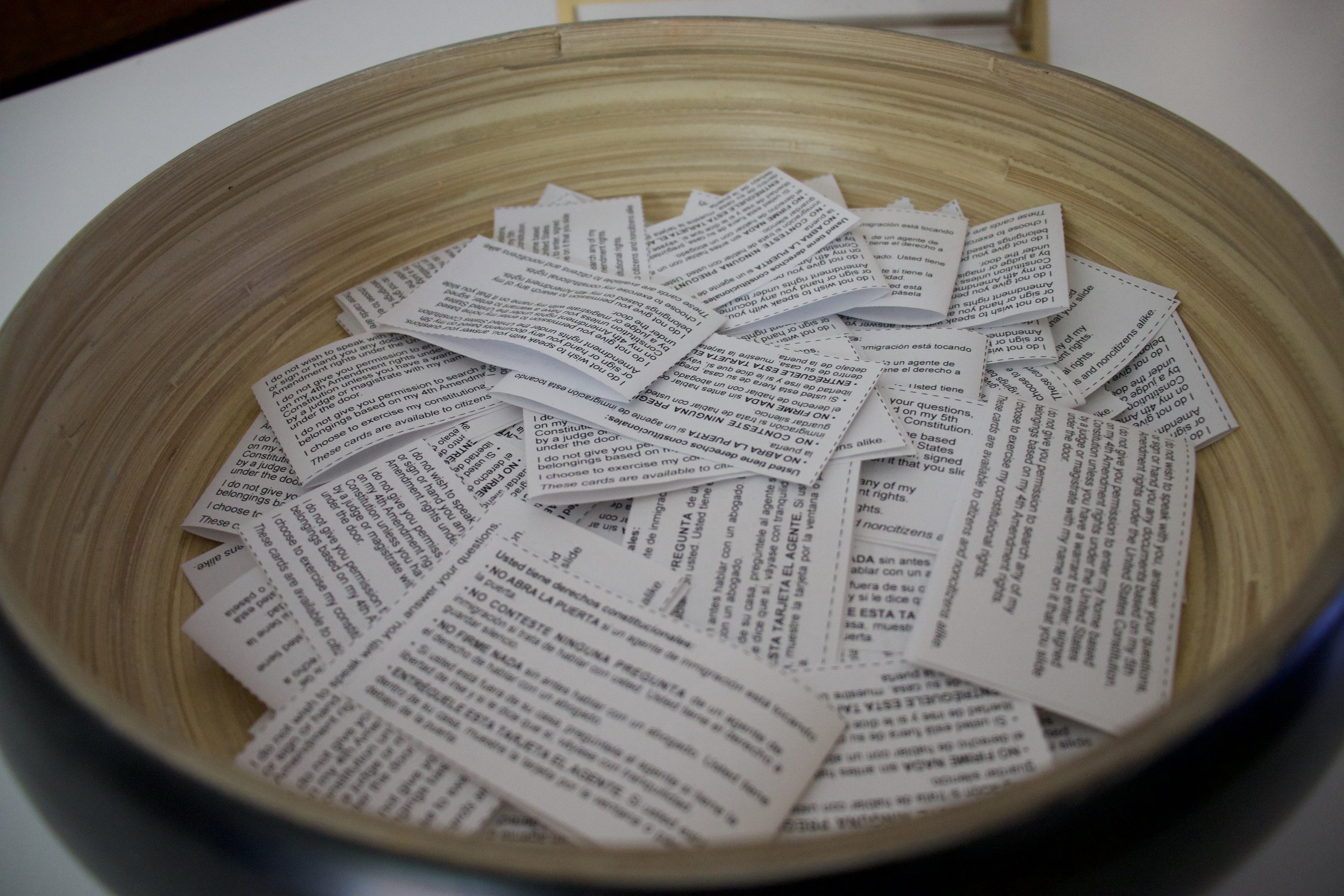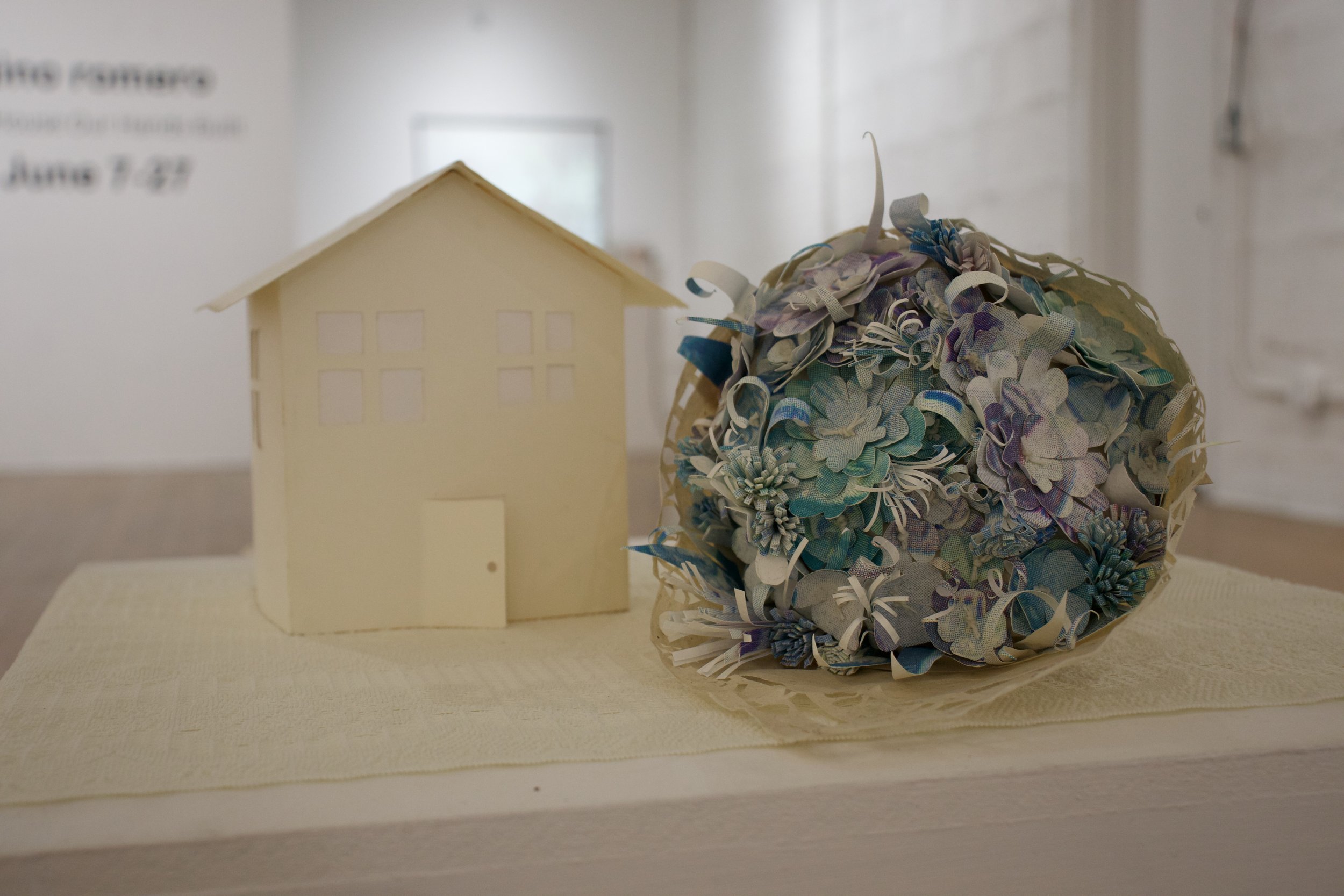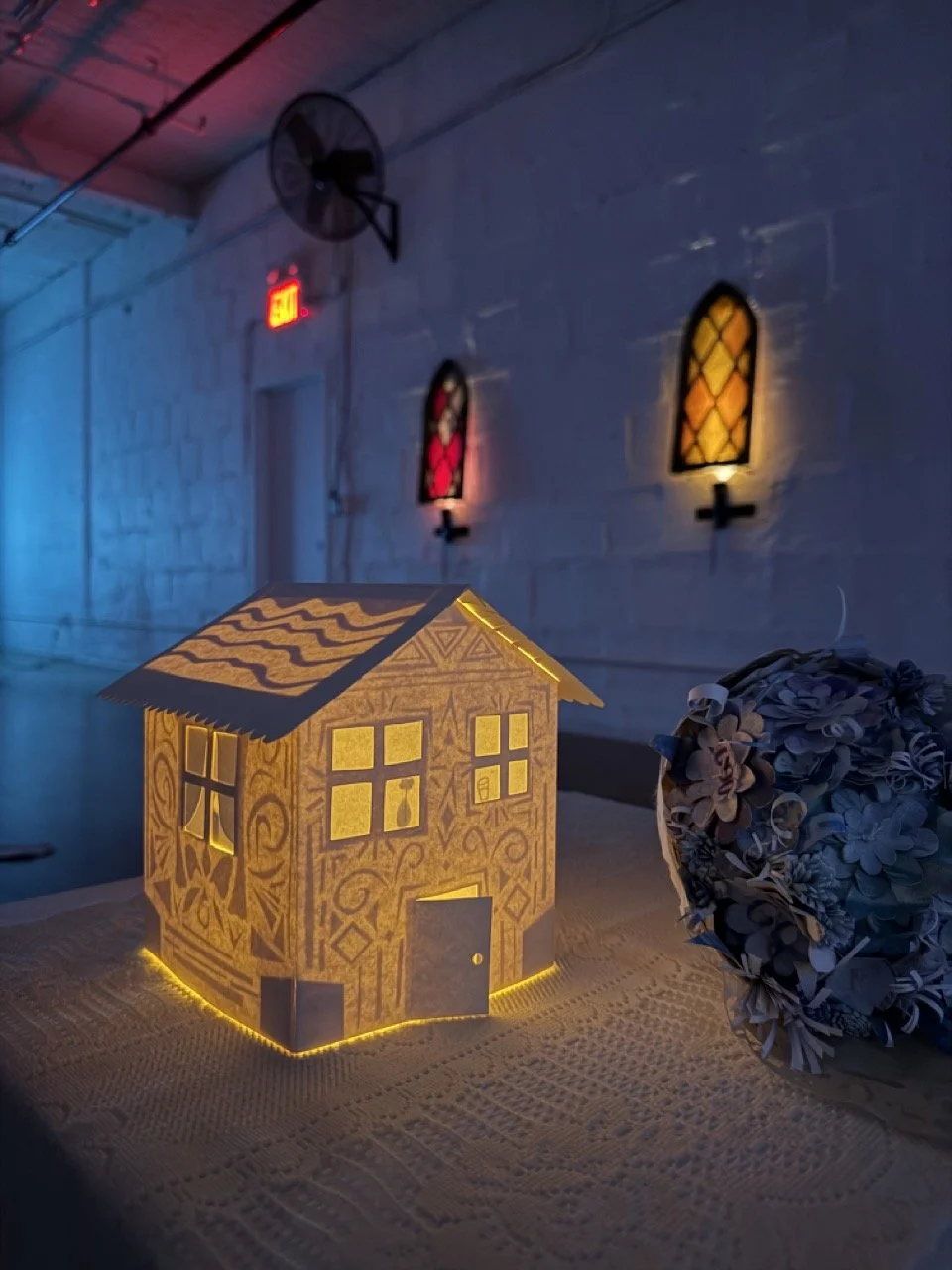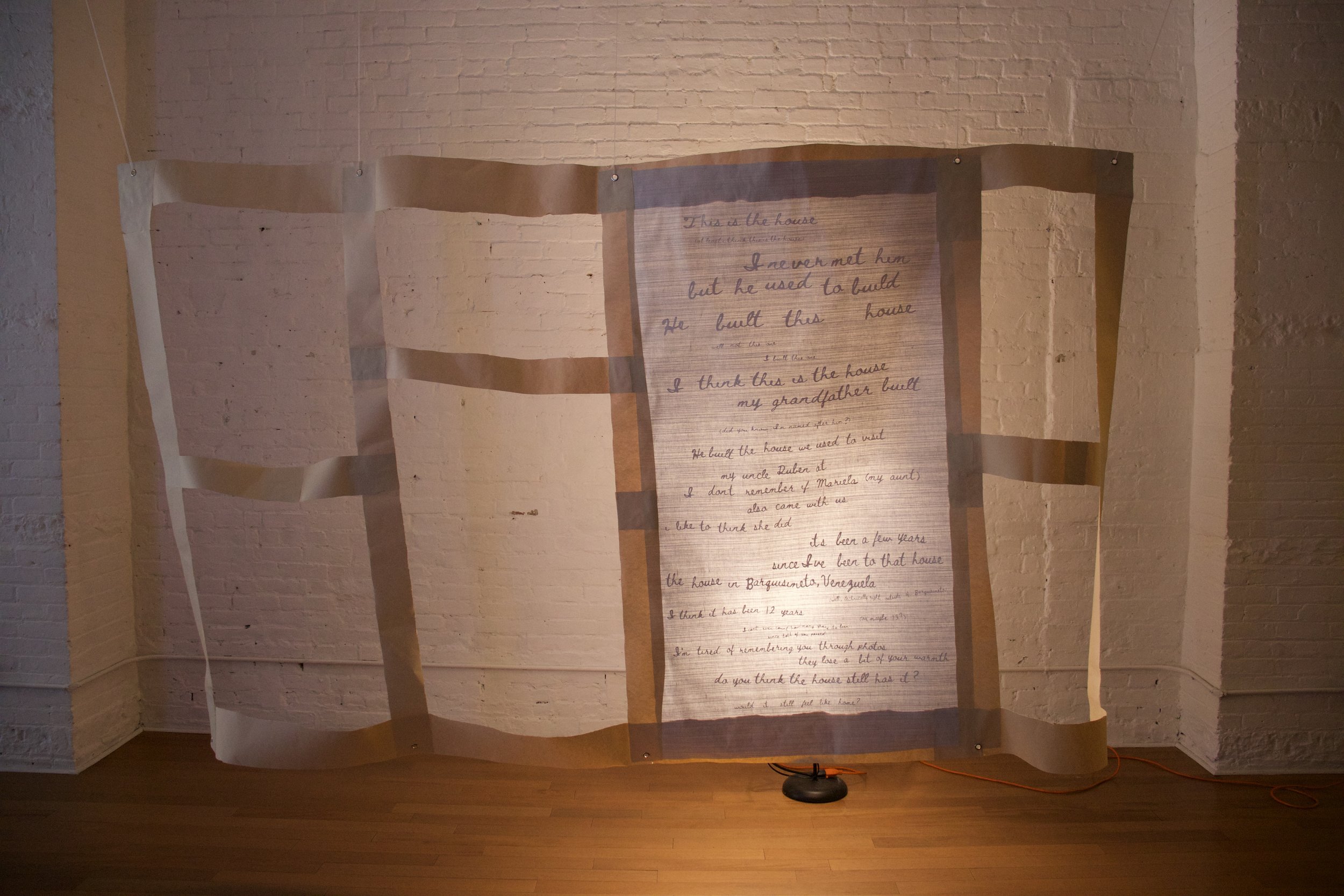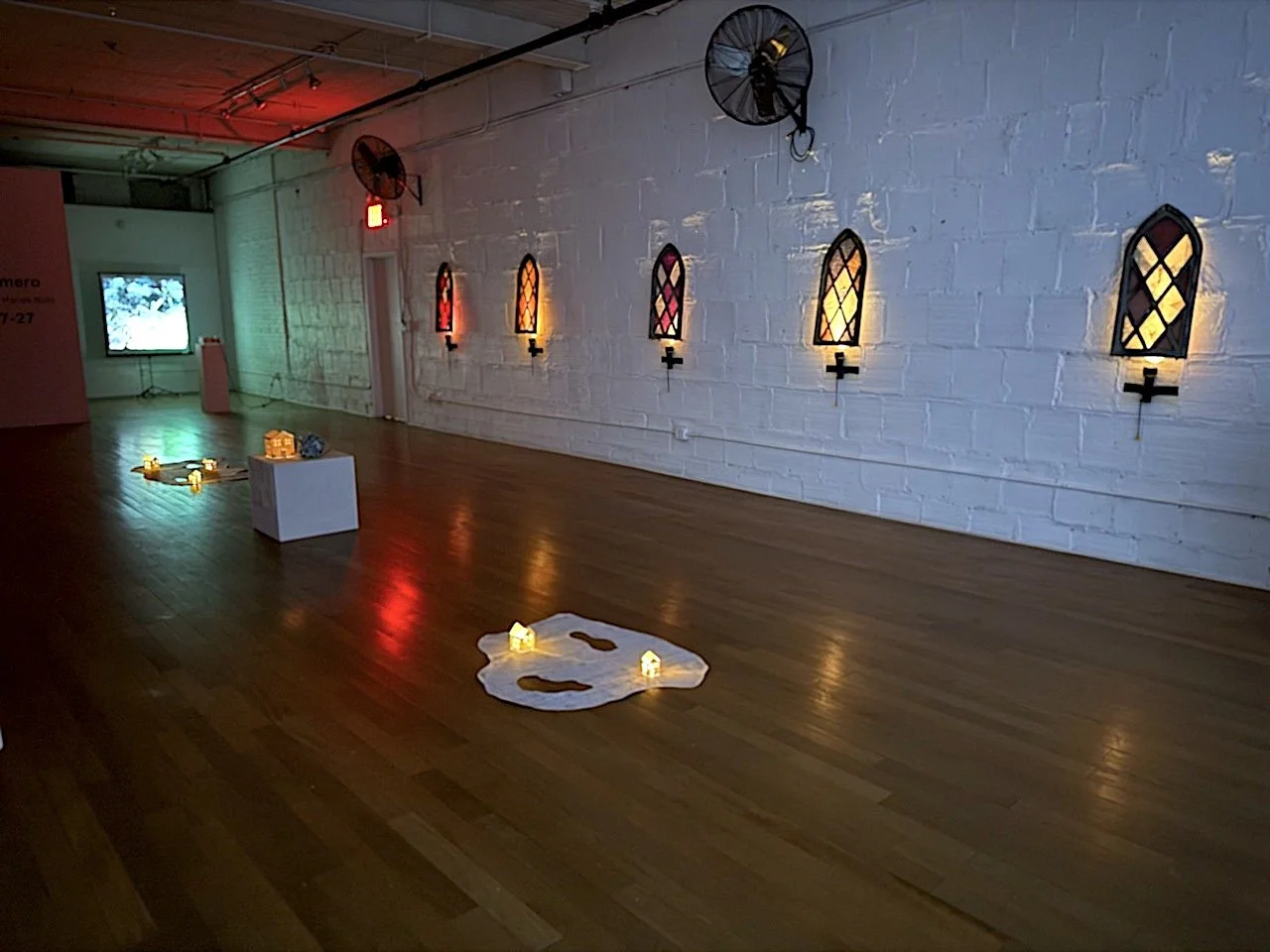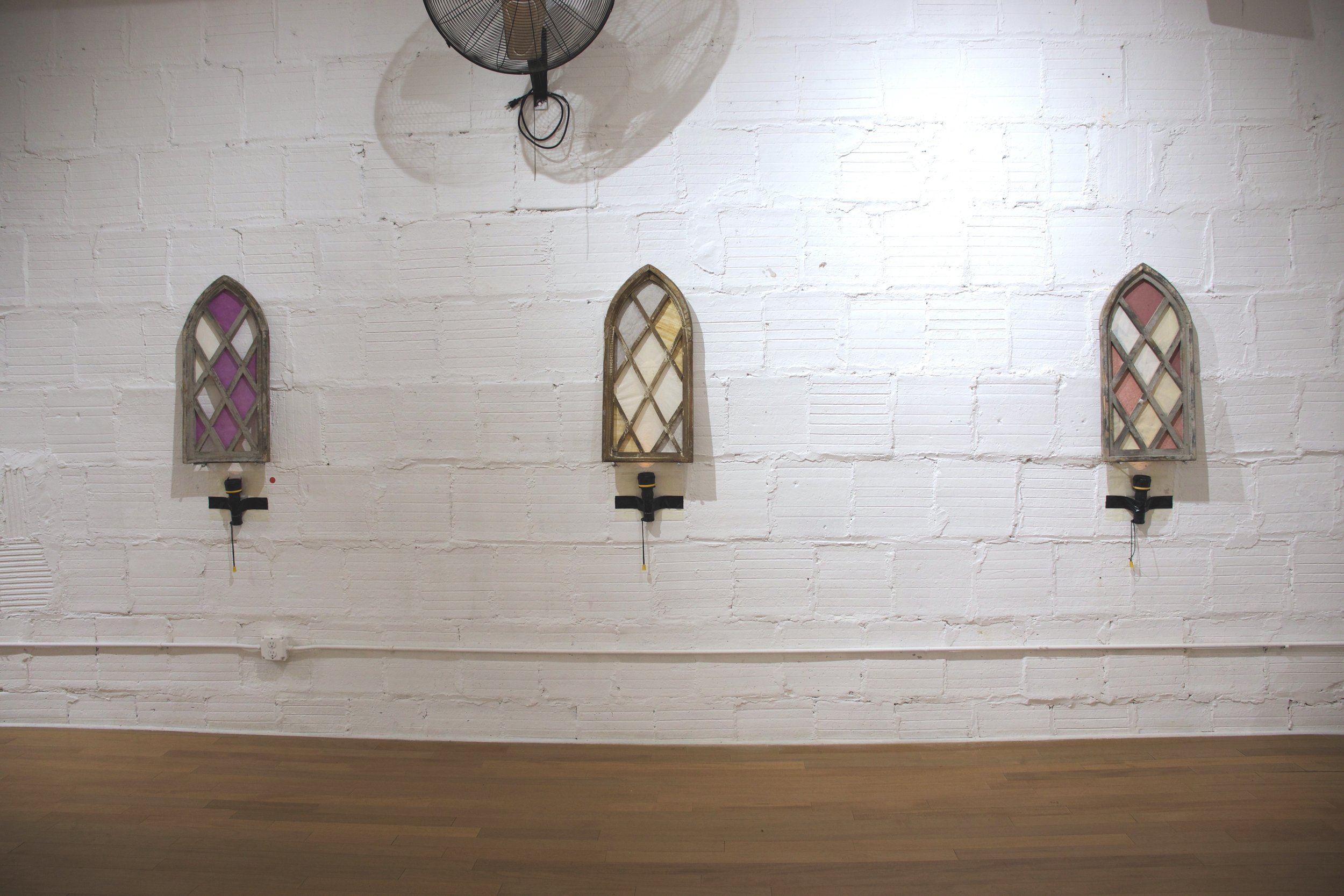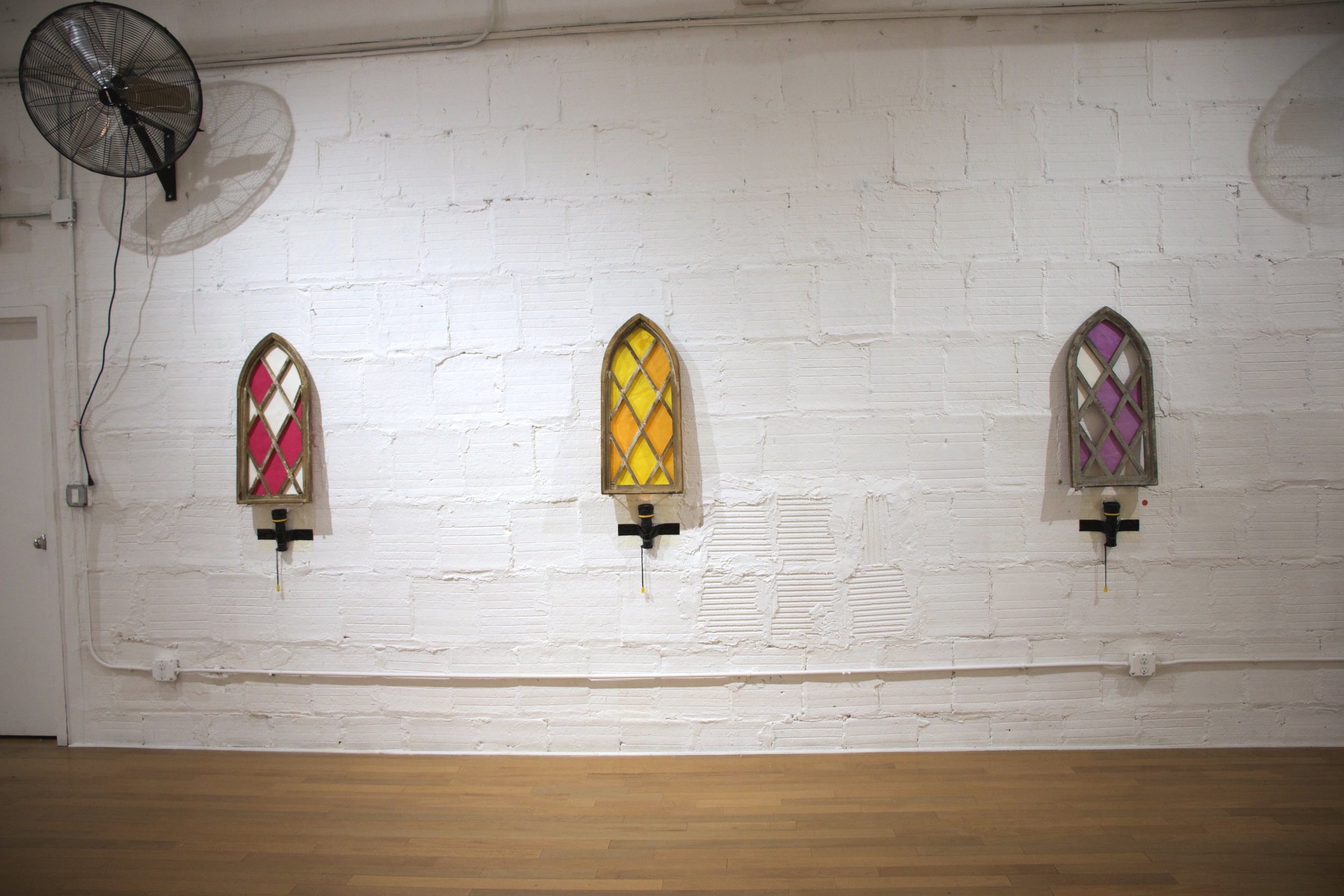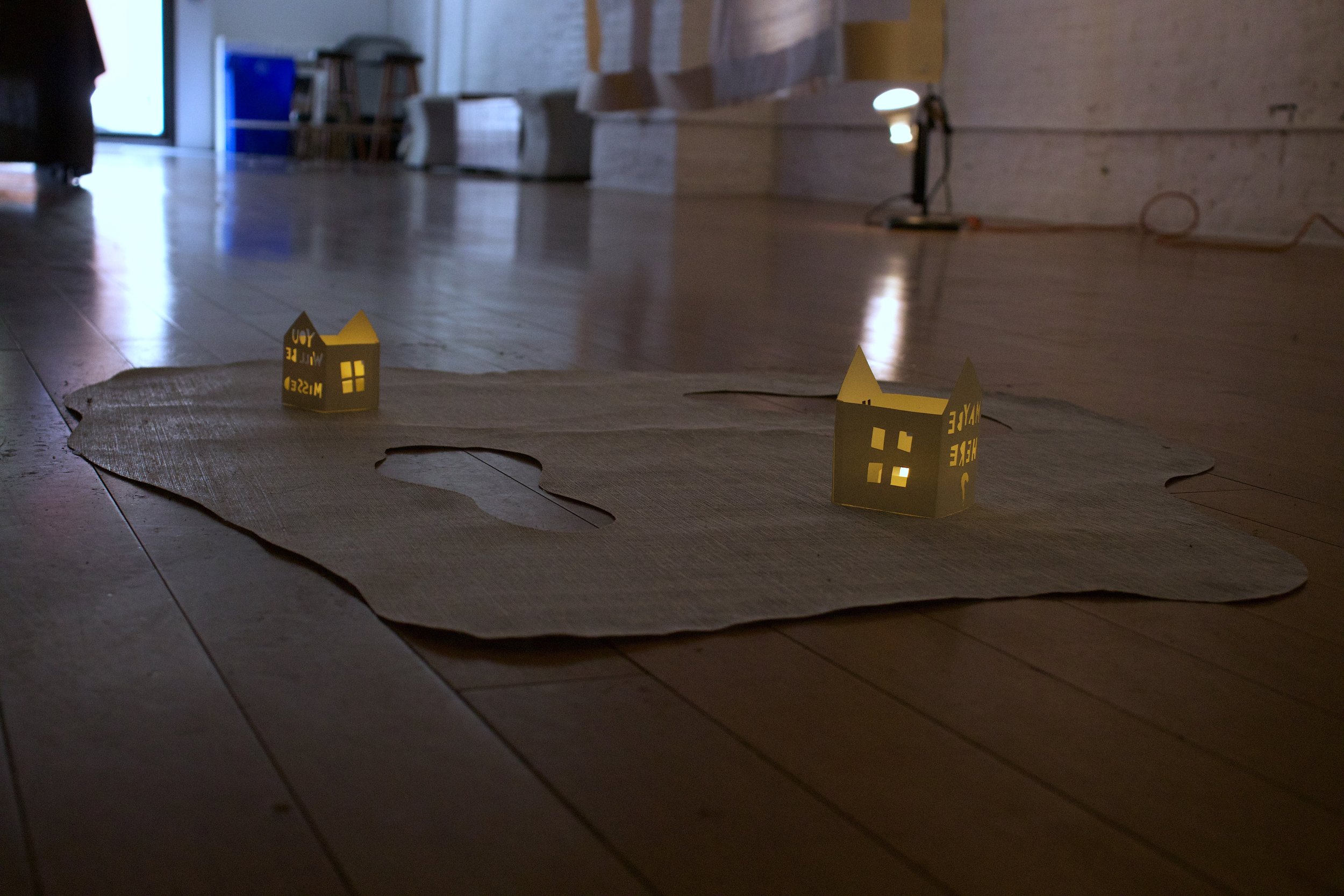The House Our Hands Built
June 7 - 27 2025
Click here for Exhibition Checklist
“Before my grandfather passed away, he built a small farm in the outskirts of Barquisimeto, Venezuela. I never got to meet him, but my uncle took over the house after my grandfather passed and we used to visit it when I was younger. This is the house that I picture when I think of Venezuela. It has held a lot of memories for me and my family. After the rest of my family fled Venezuela, this house had to be abandoned sadly. I think legally it's still ours, but over the years it's been looted, changed, reshaped, and I think it's even a church now. Due to the crisis, it's been over 11 years since I’ve been able to go visit. The memory of that house has started to fade, and I worry the same will happen to what the house held. I didn’t know the last time I visited would be the last. I didn’t know the last time I saw people would be the last. We never know when we will experience that kind of loss, and mourning it feels harder without being able to say goodbye properly. The House Our Hands Built is both a prayer and a promise. A prayer to the houses, people, and moments that have passed and a promise to always remember them.”
The House Our Hands Built is a primarily paper and light based installation, recreating Romero’s familial home in Venezuela from memory. Mirroring the nature of memory, this installation will be fragmented, flowing through text, images, and gaps in order to bring Romero’s memory (and lack thereof) into an experiential space. The installation will take cues from book arts in both form and methodologies, using the traditional materials along with time-based elements to create an immersive “book”. The installation will use light to hide and reveal parts of the memories embedded in the large paper works.
This installation is in direct response to the growing violence against immigrant/diasporic communities, specifically highlighting Venezuelan refugees. The House Our Hands Built, refers to an ancestral building, both in the motherland and wherever the diaspora may take you. To leave one's home isn’t always a choice, but a necessity. This work highlights the personal archive as a place of reverence and protest.
Thank you to Leesa Ortiz for the photographs

